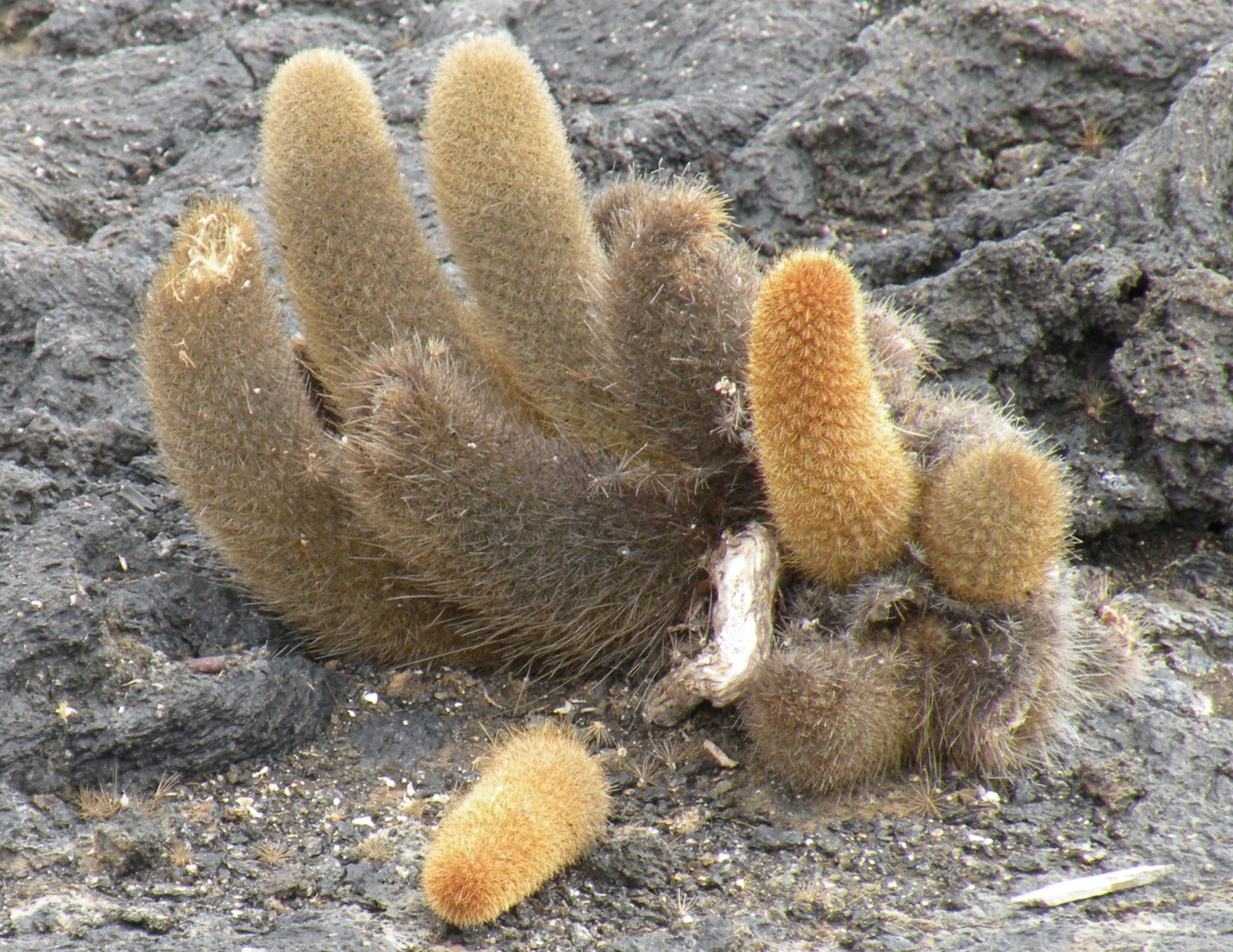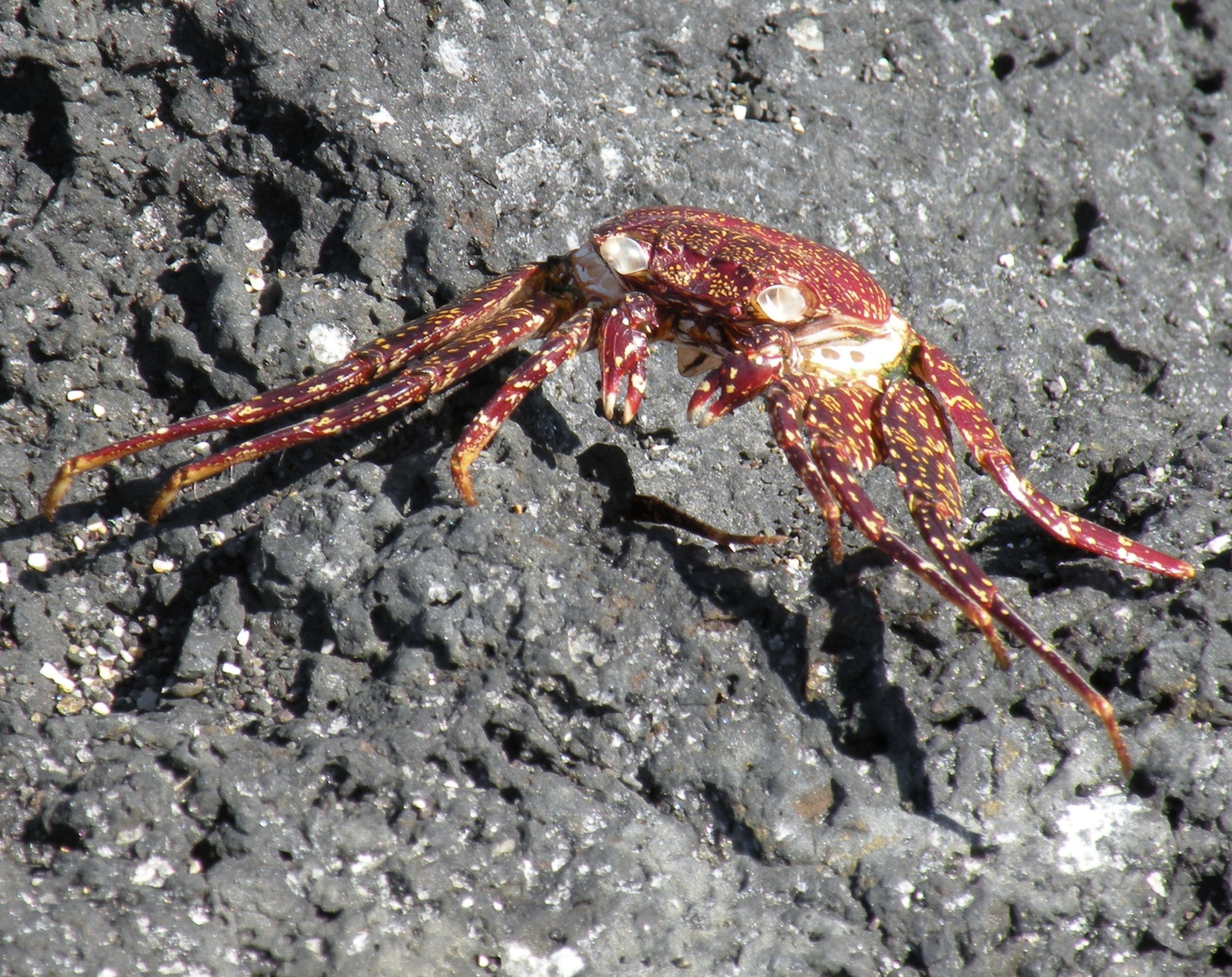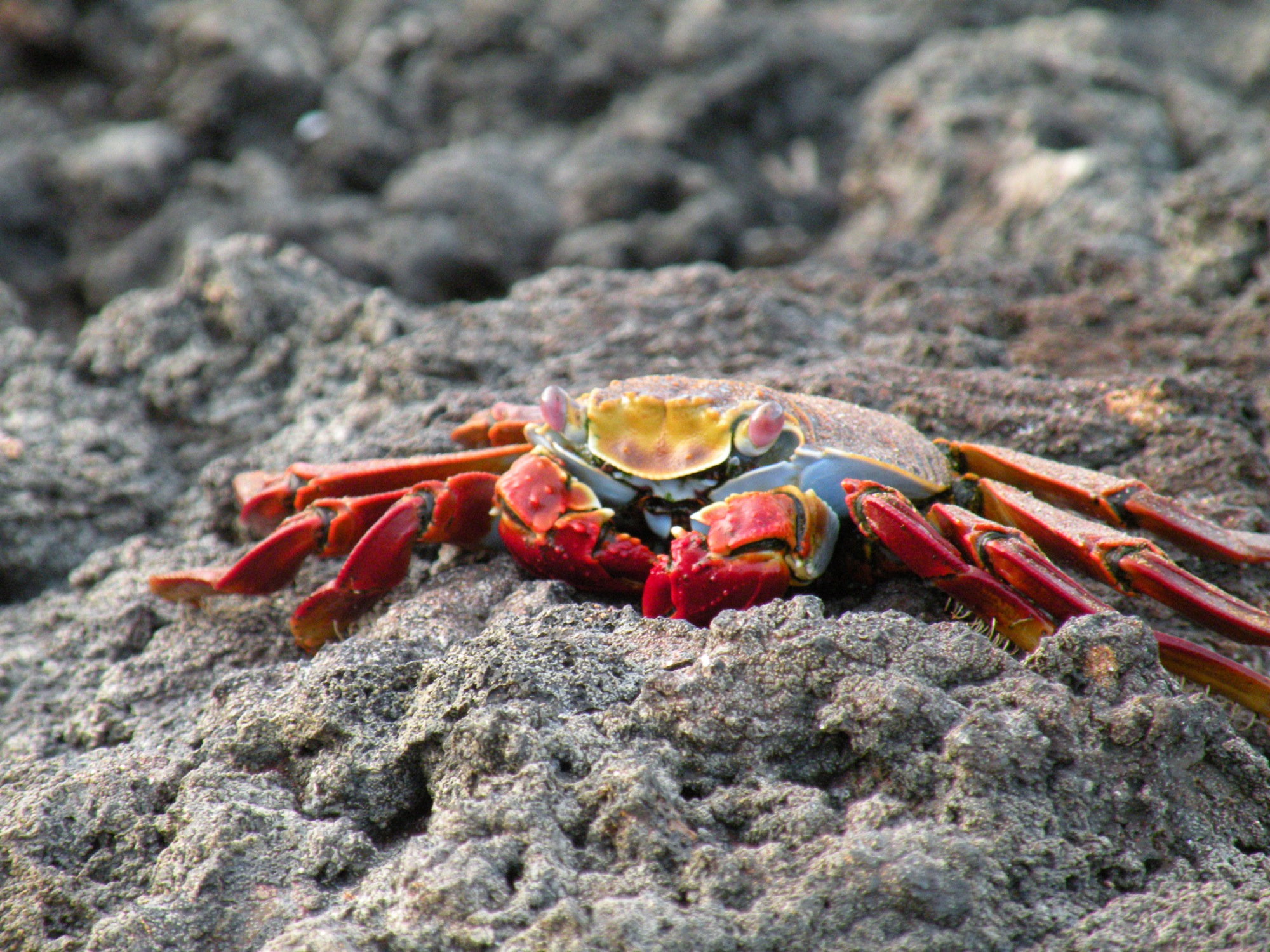Diving for Fish
Watching the birds dive from great heights into the water to catch fish was amazing.
Watching the birds dive from great heights into the water to catch fish was amazing.
Isabella Island is the only place in the northern hemisphere where you can see penguins in their natural habitat. They can survive here due to the cold water currents. They are fast swimmers and it was quite a thrill to see one pass by when we were in the water snorkeling.



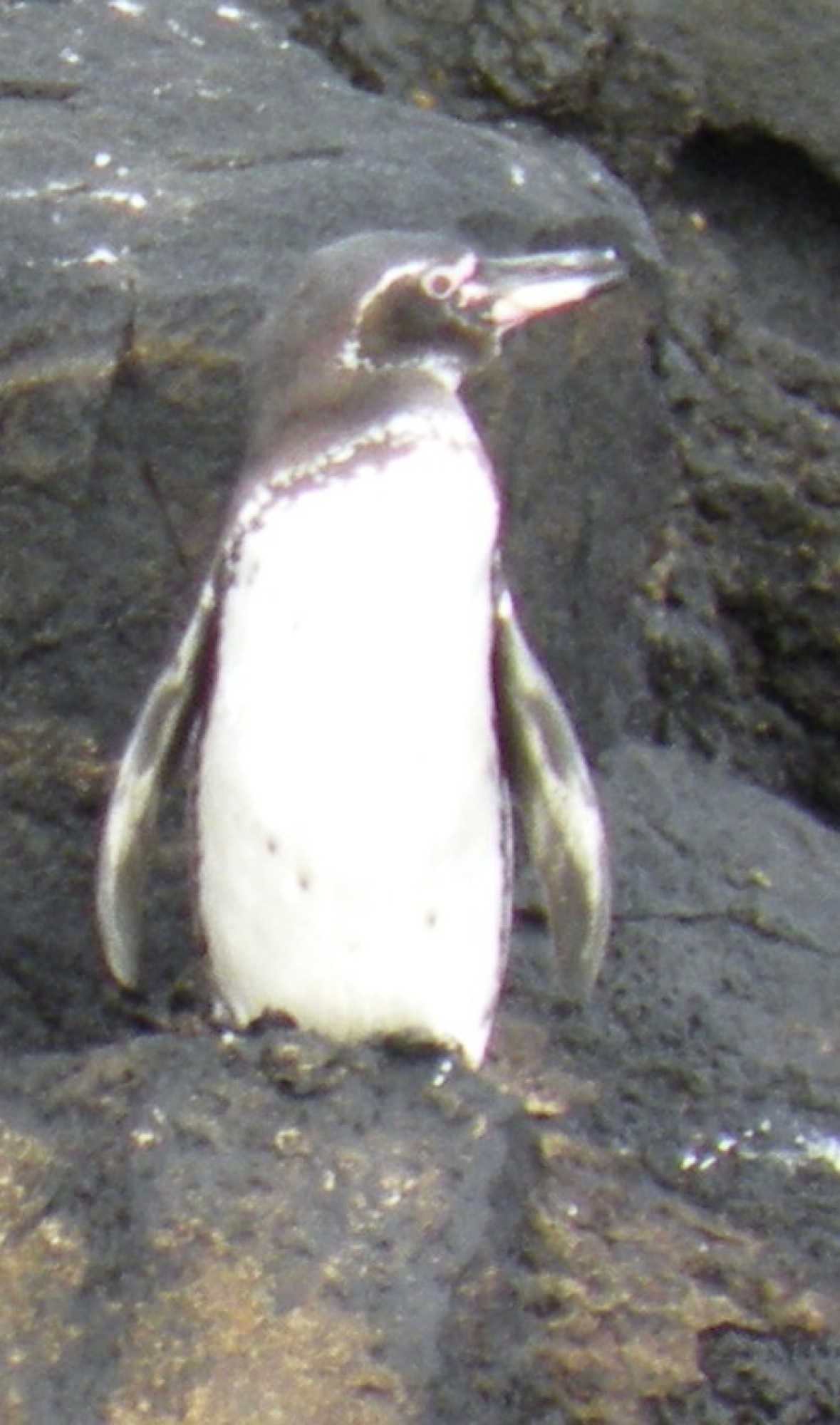


While hiking on Isabella Island, we saw some native plants that grow only in the Galapagos. There were large bushes with Yellow Geiger (Cordia lutea). The Galapagos Cotton Plant (Gossypium darwinii Watt) was also ubiquitous. The flower was pinkish when it first opened and then it turned to yellow.

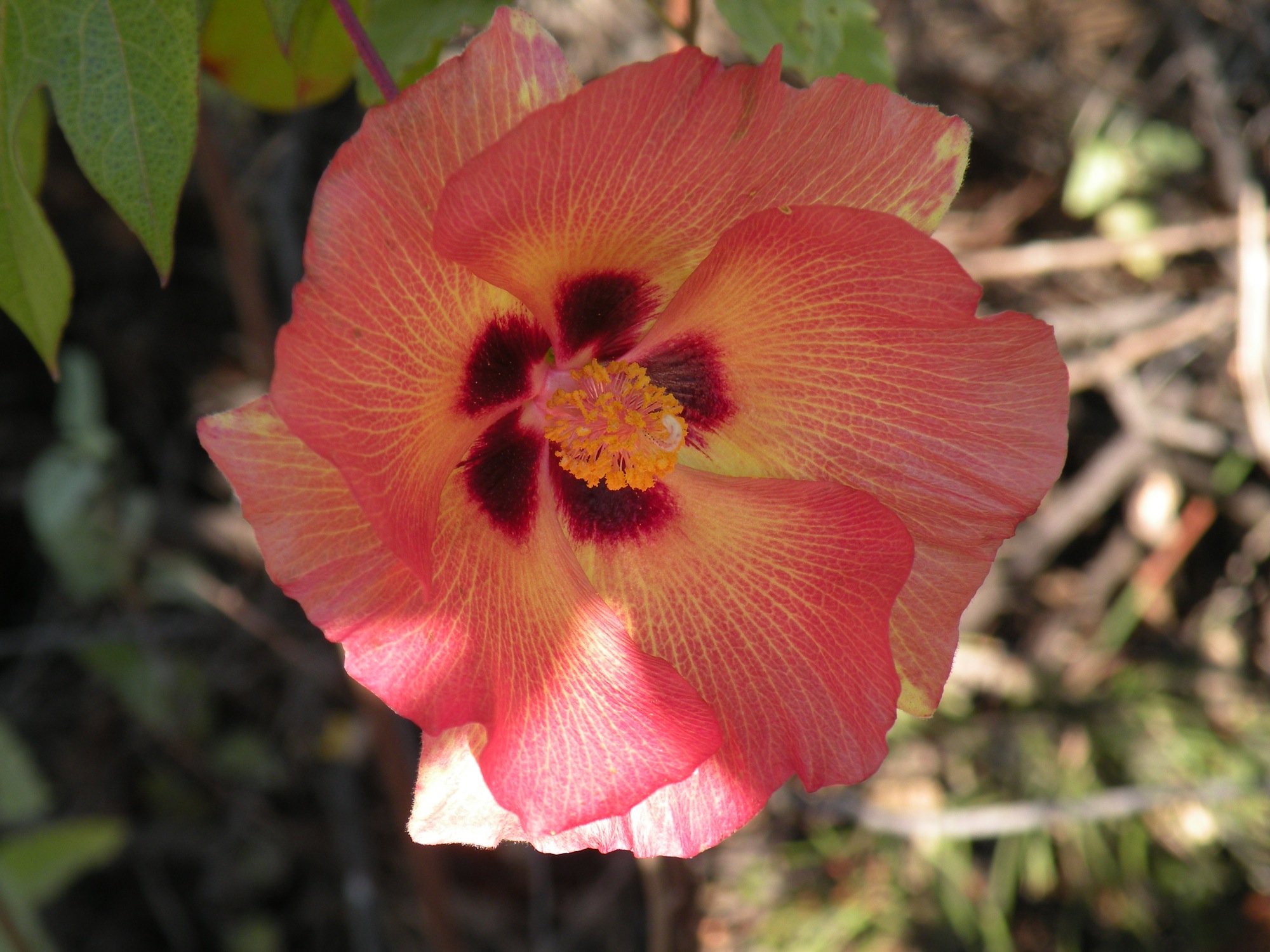

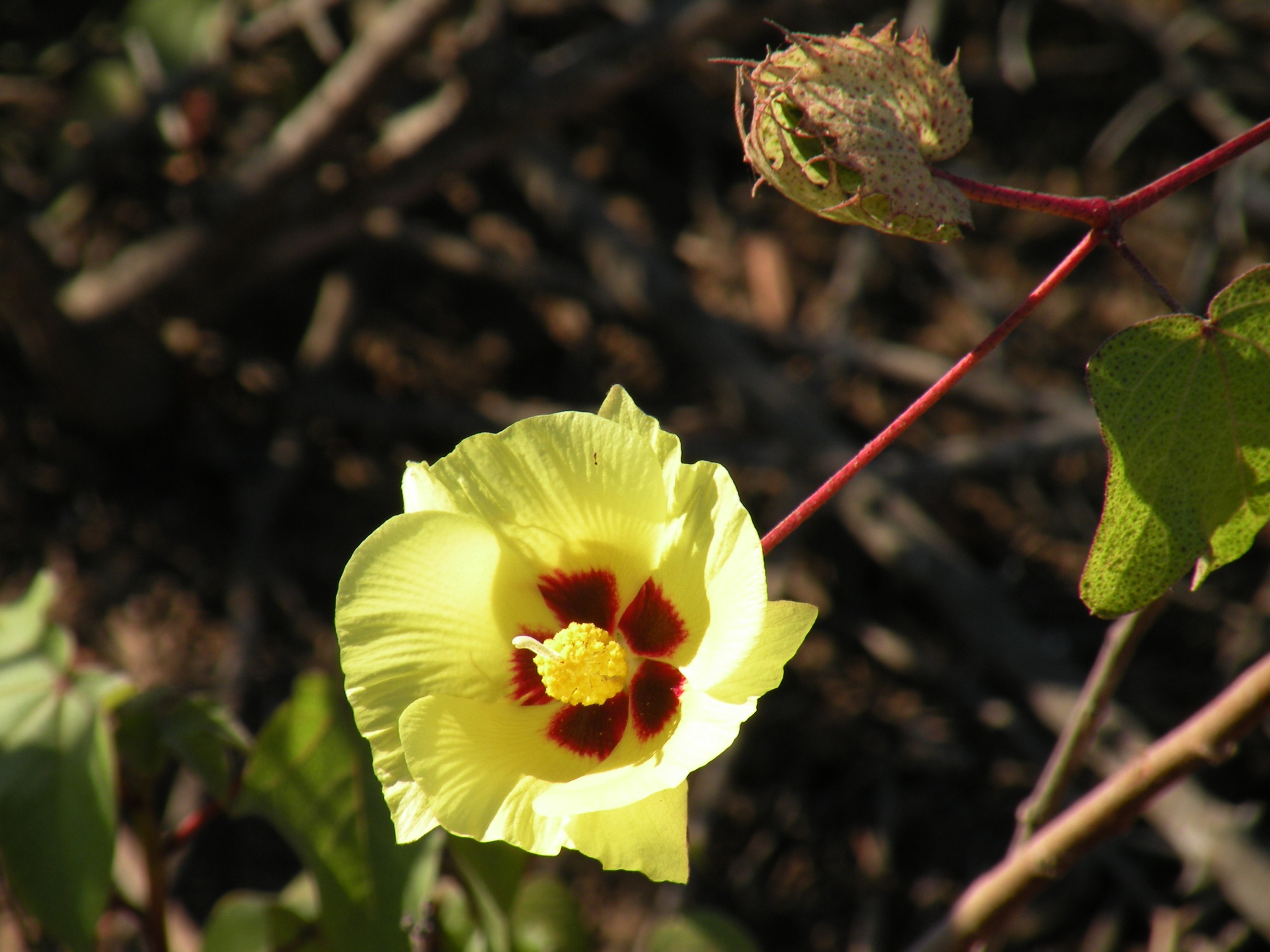
The best part of our hike was watching the land iguanas. These reptiles grow anywhere between three to five feet in length and weigh about 25 pounds. Since there is little water available, they get most of their moisture from their primary food source, the prickly pear cactus. They eat the cactus spines and all.


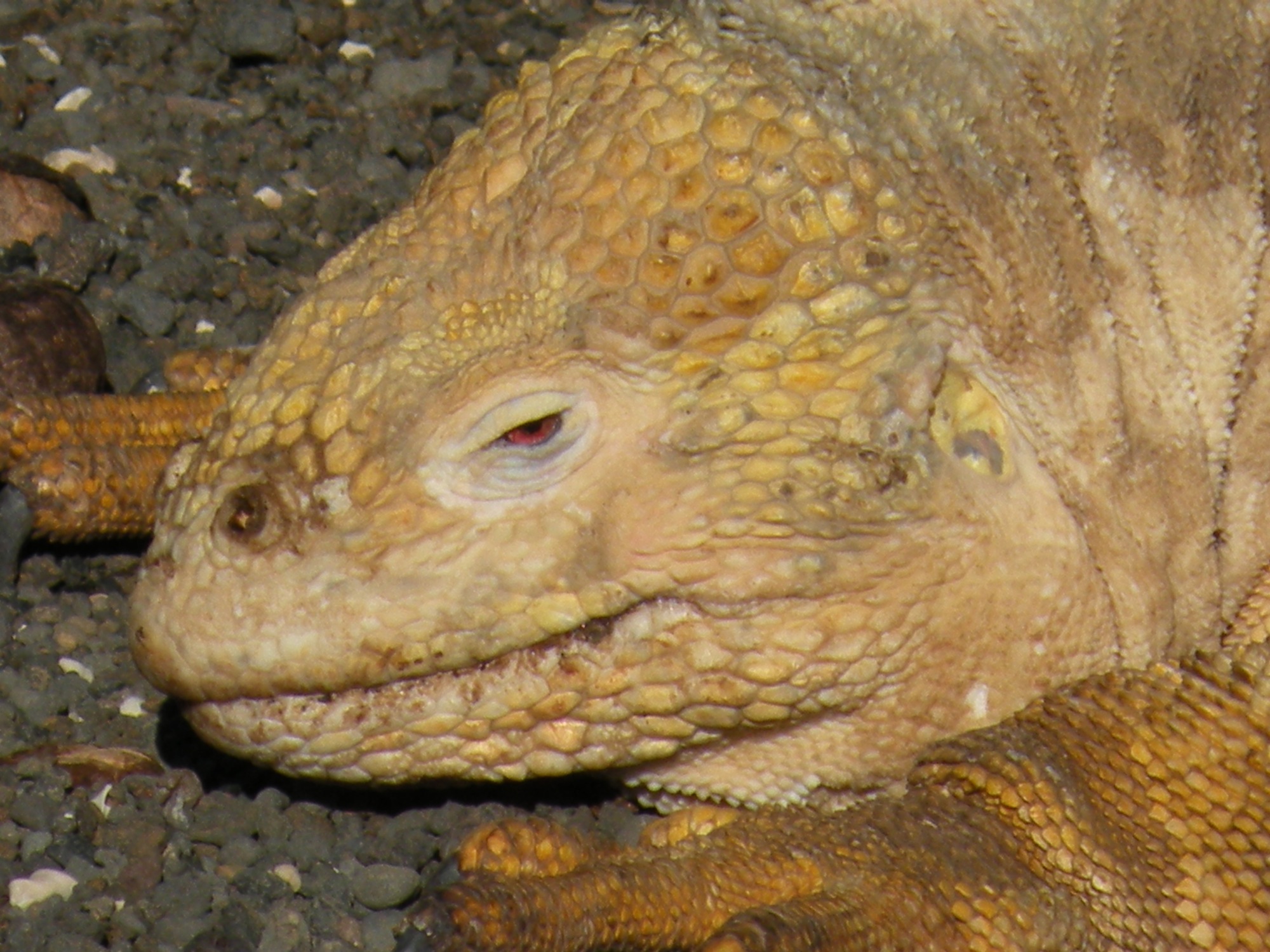

These animals are cold blooded and very slow moving. Watching them is somewhat like watching paint dry. When they do move, however, watch out.
We snorkeled all over in the Galapagos. We did beach dives and boat dives. The cold water currents that allowed the penguins to survive here also made it very cold for us to dive here. The marine life here, however, was like no other place on earth. The penguins darted around us and the marine iguanas chugged along very close by. There were lots of colorful fish and some playful sea lions.
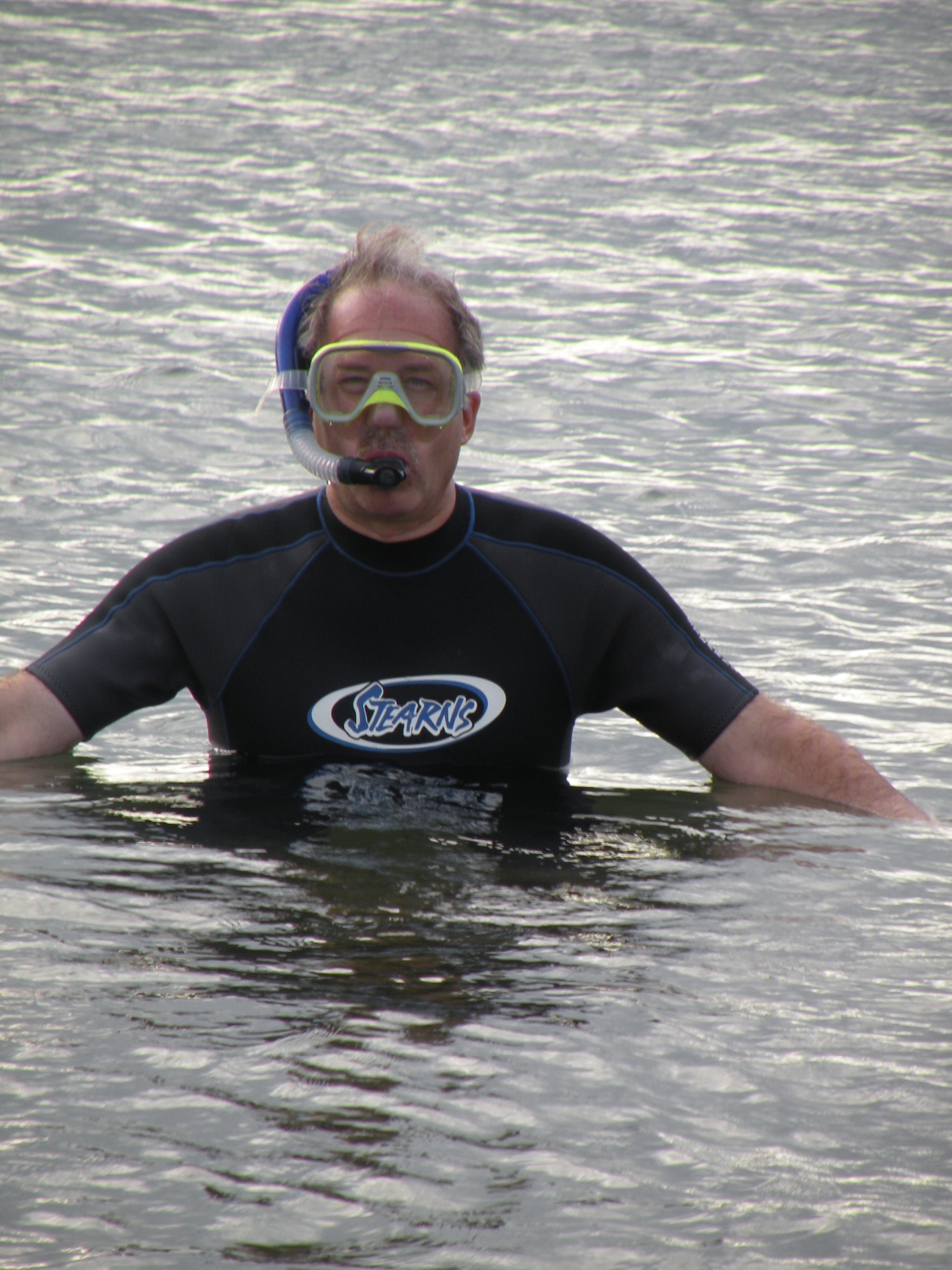


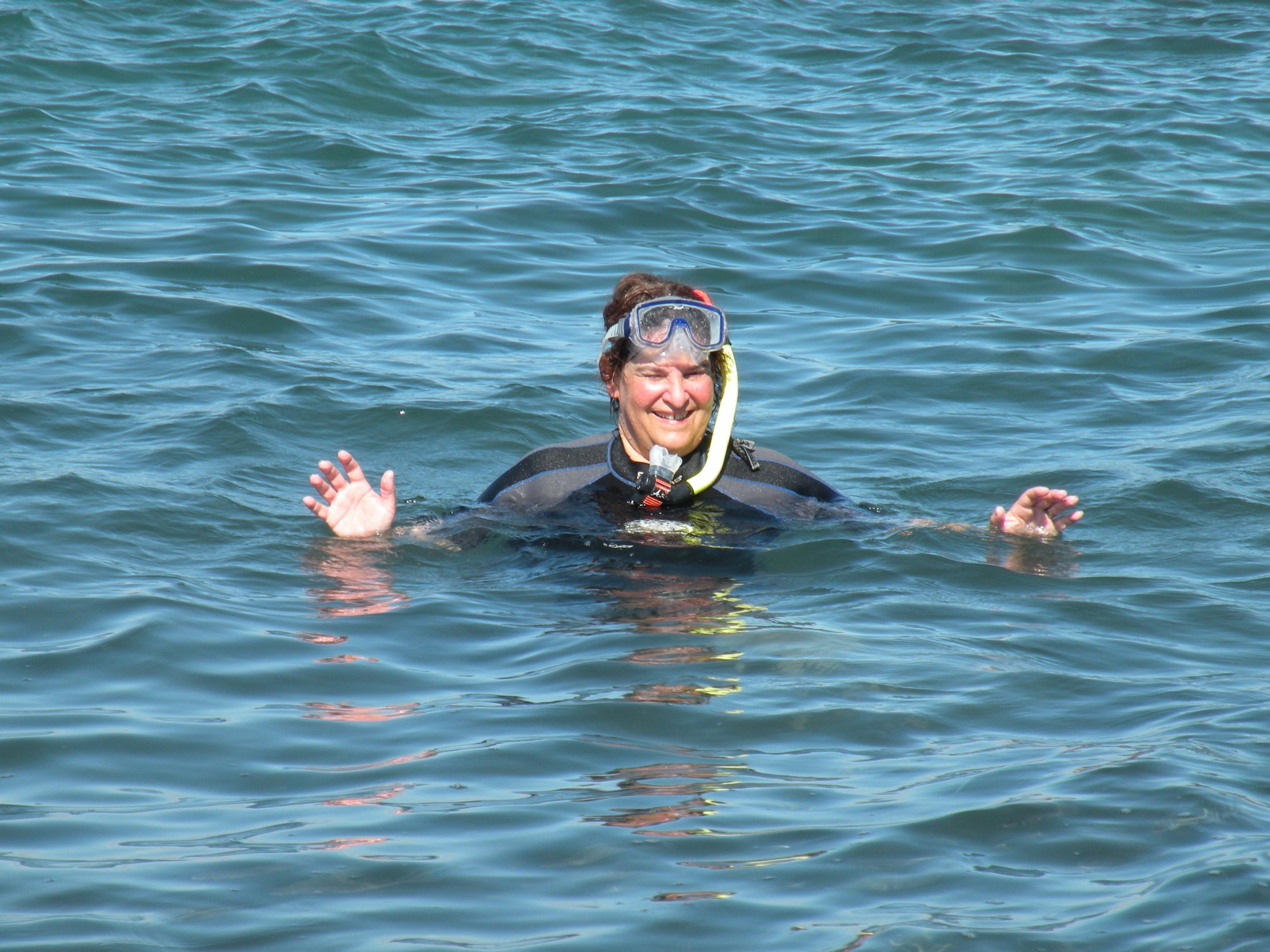
Did some more hiking at Espinosa Point on Fernandia Island. There were quite a few new sea lion pups, many of whom were nursing.
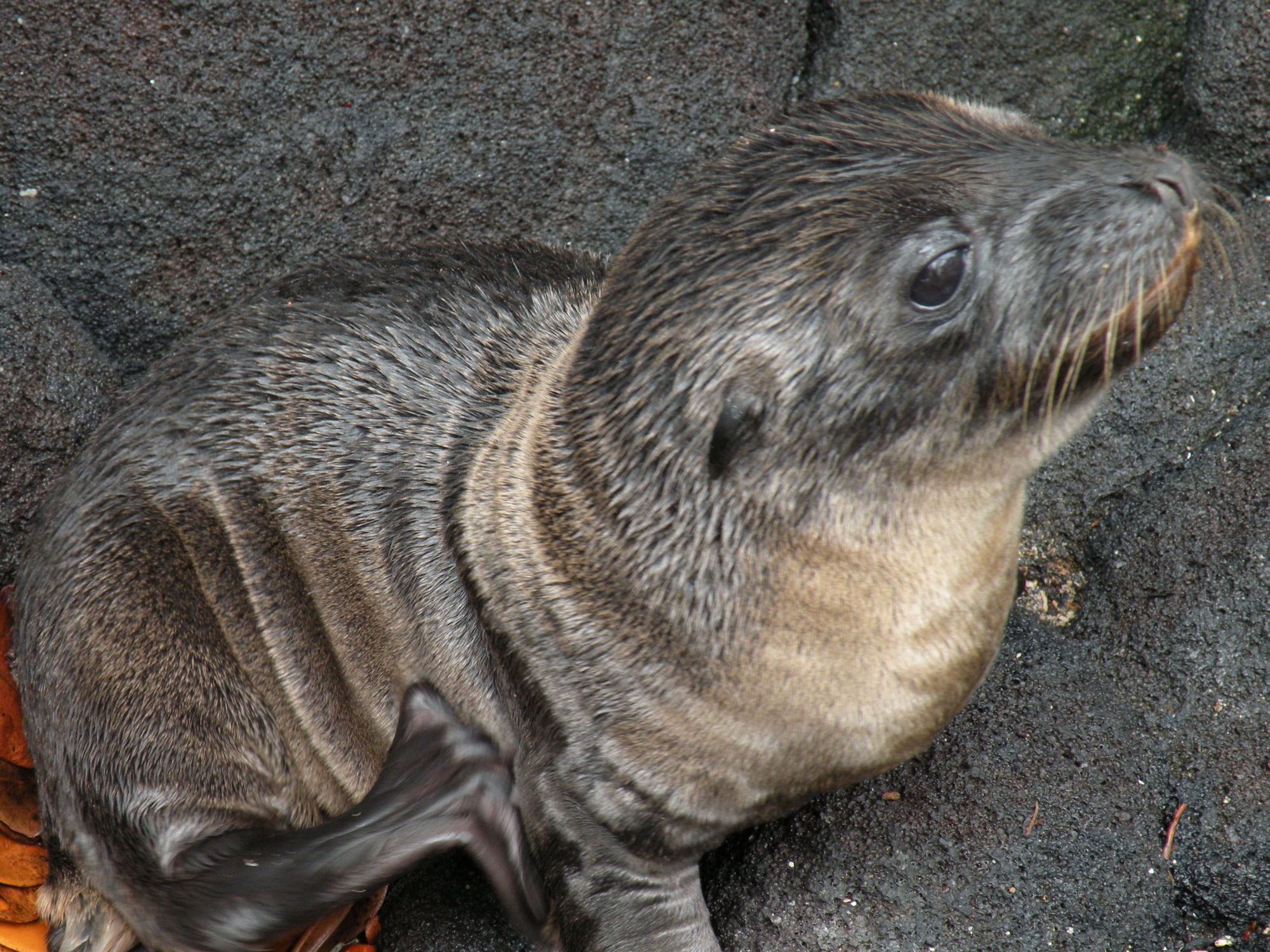

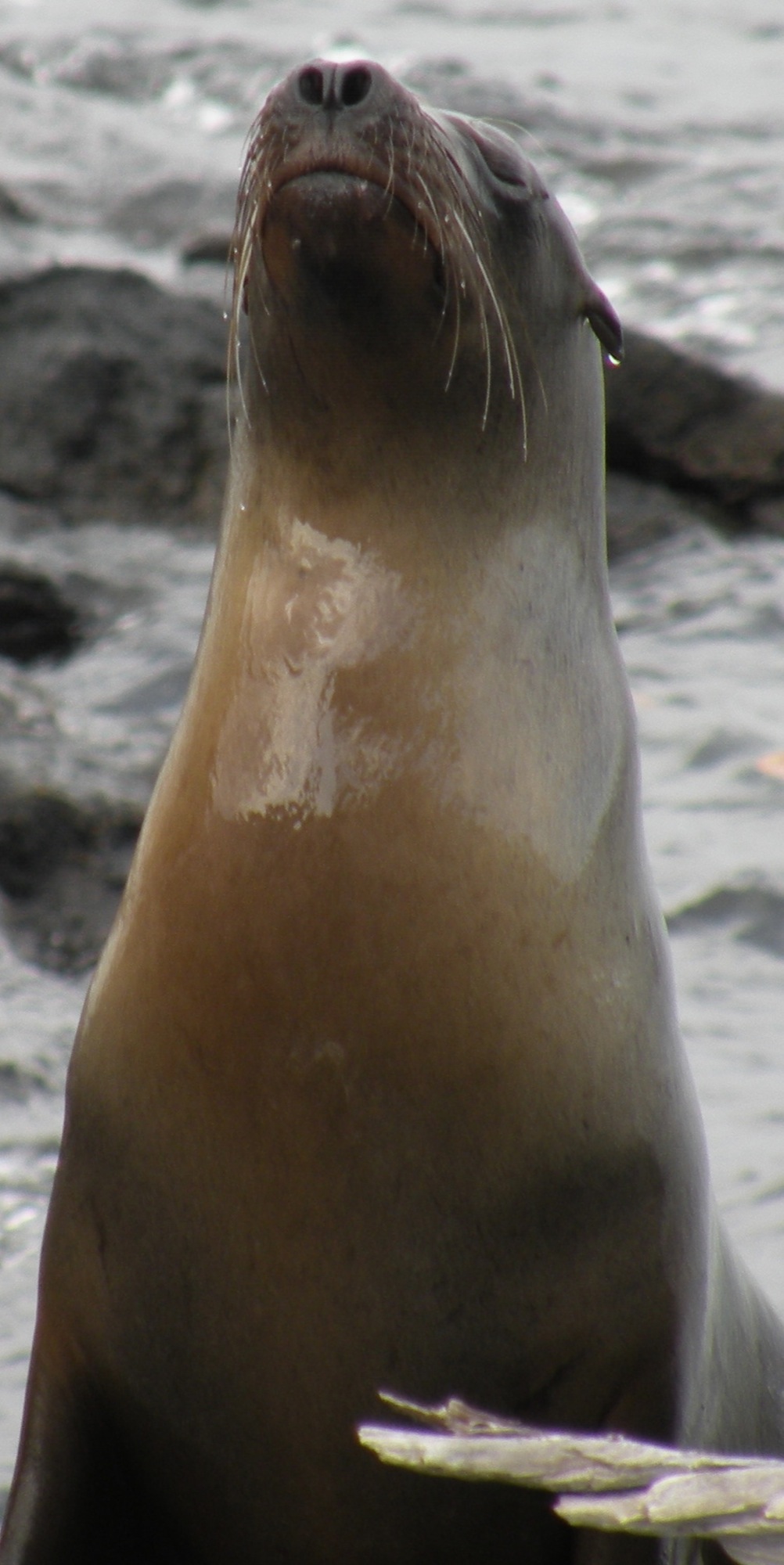


Marine iguanas are only found in the Galapagos Islands. It is the only lizard in the world with a marine habitat. They can only stay in the cold ocean for a limited time, however, then they must get out and lie in the sun to bring their body temperature back up. When we first came across a large grouping lying very still on the beach, we thought we were simply looking at piles of jagged lava rock. When we looked more closely, we were amazed by how many iguanas we were seeing in one small space.
The marine iguana is very well adapted to ocean life. Their powerful arms and long tail make them graceful swimmers. They also have a special gland that rids their blood of the excess salt that they consume when eating.

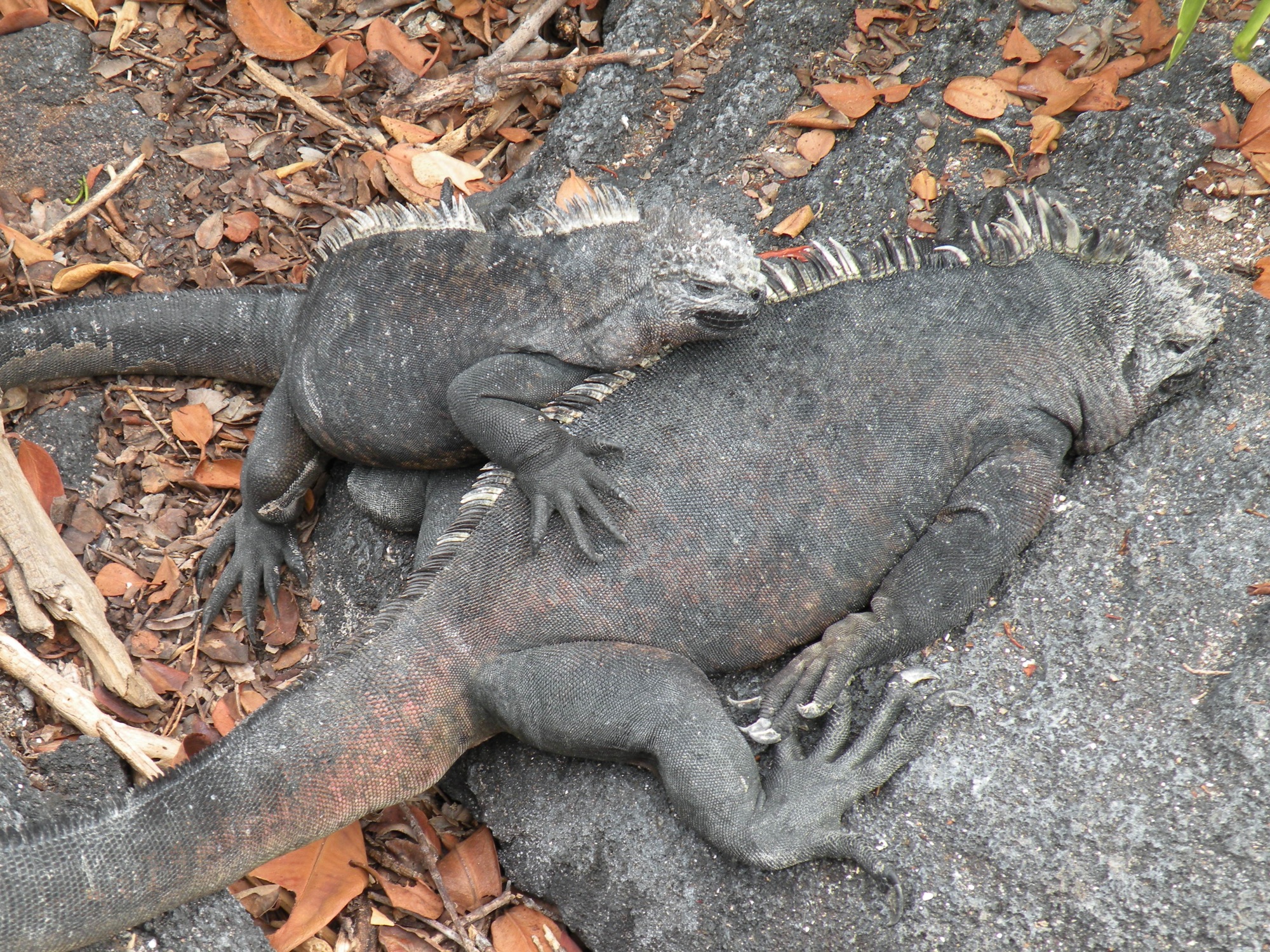
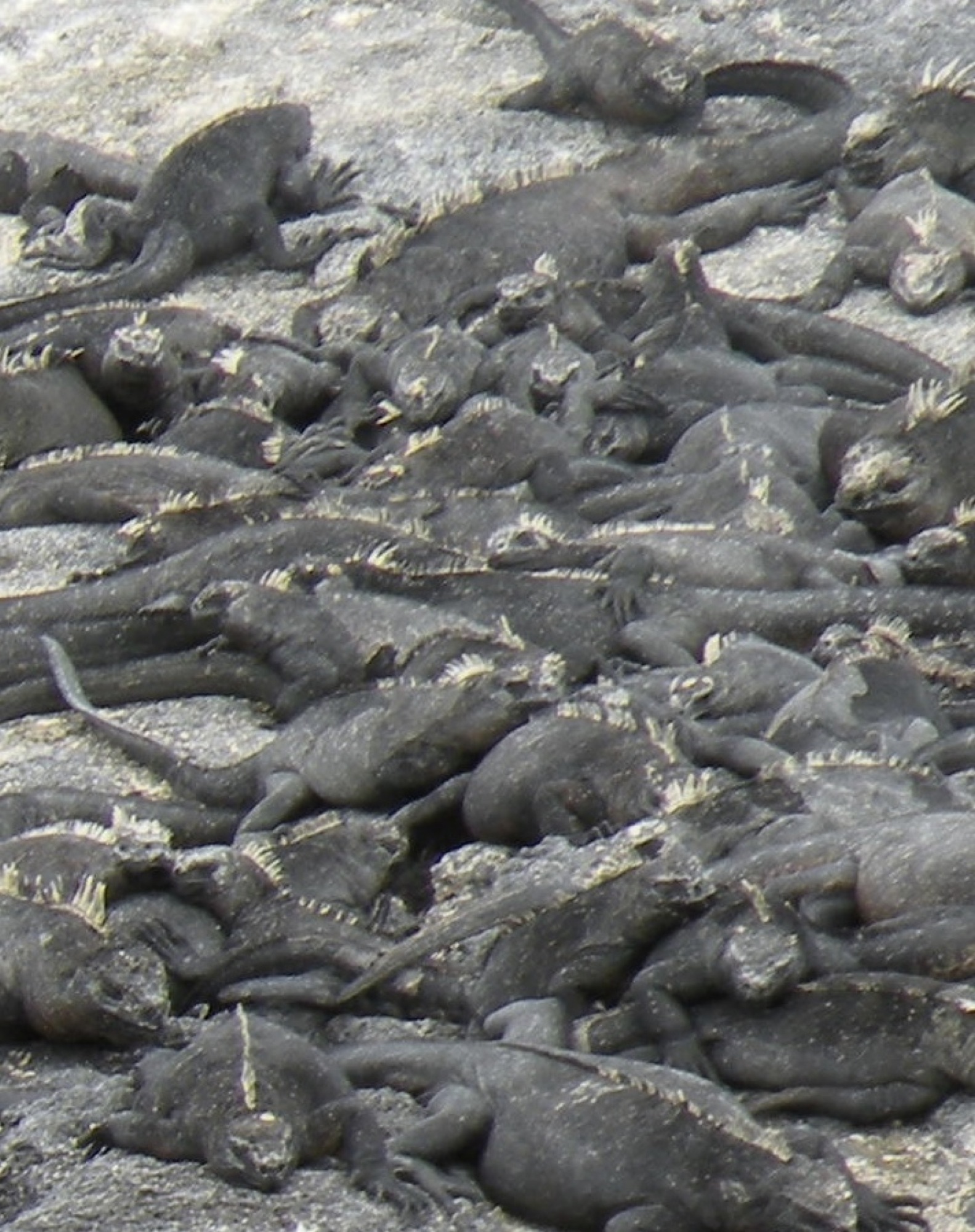
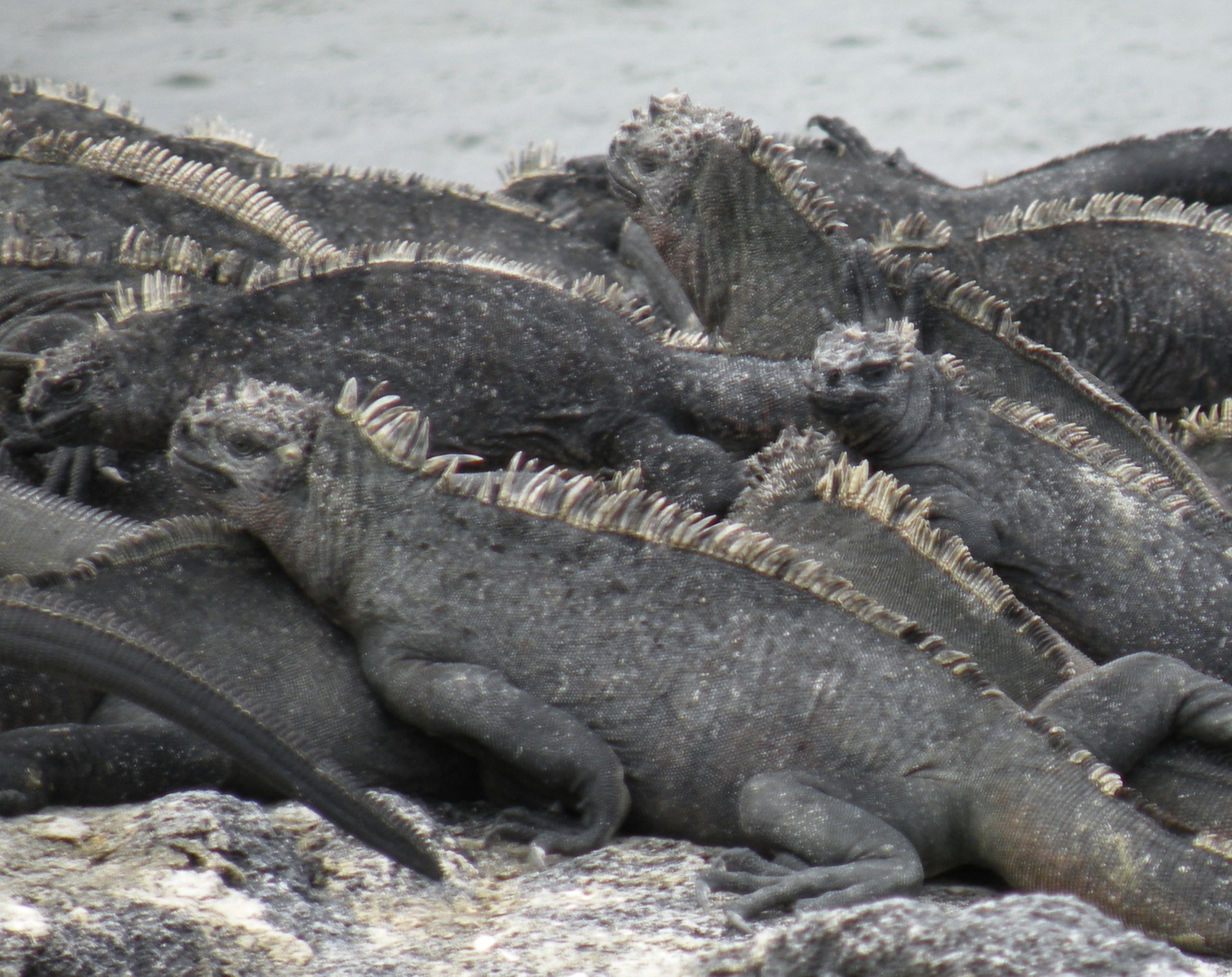

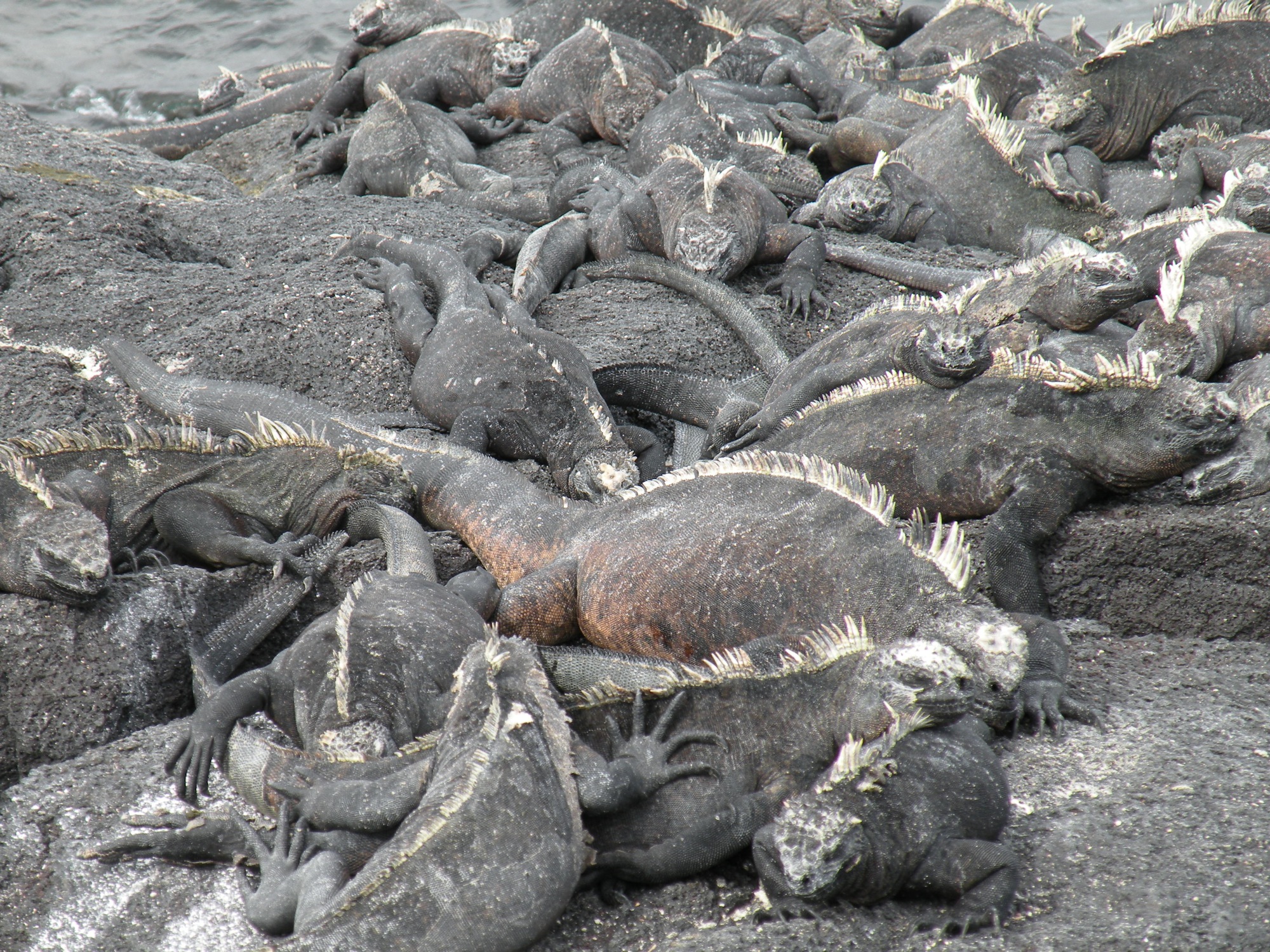
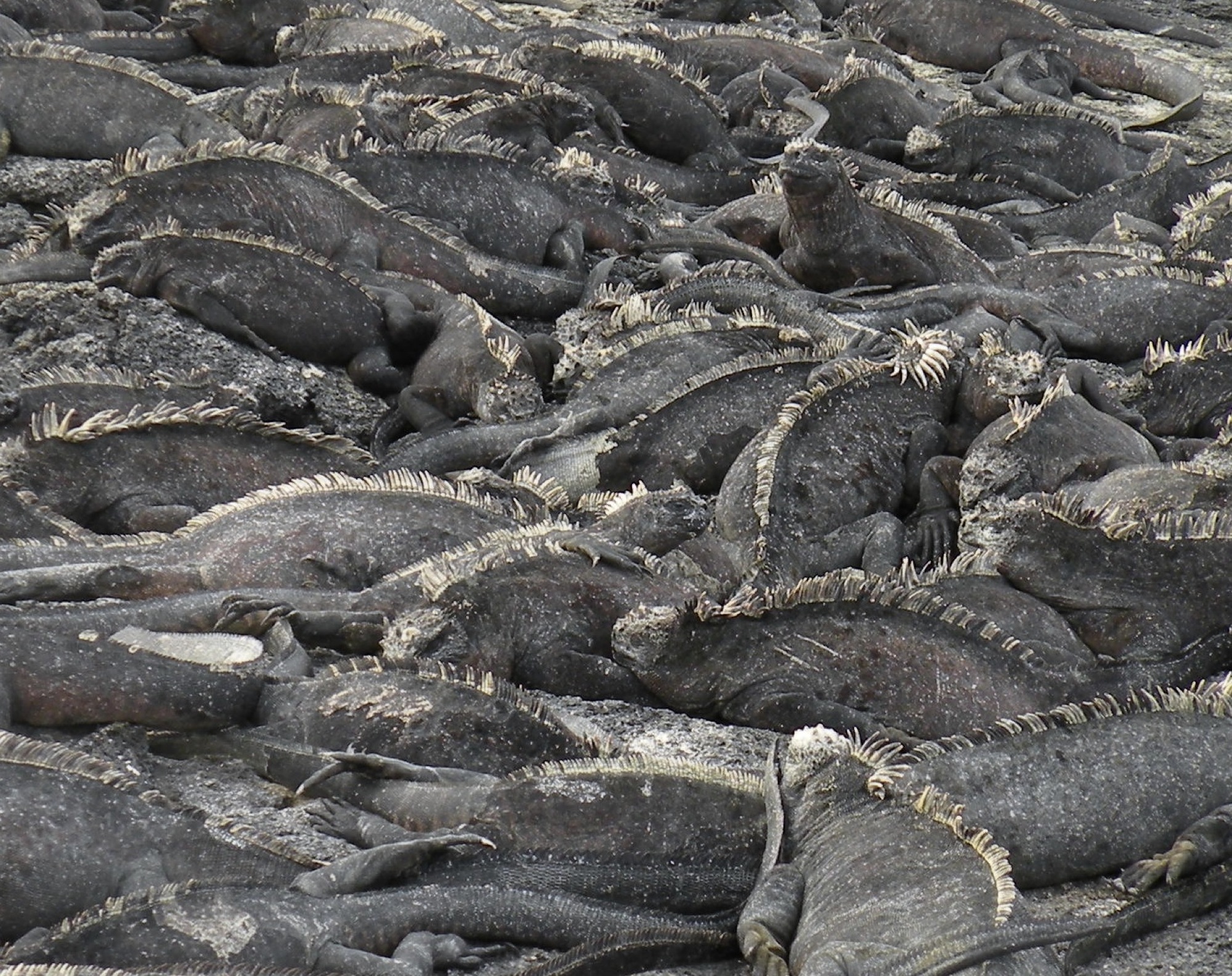
Flightless cormorants are only found in the Galapagos. They have webbed feet and their legs are strong so they can easily propel themselves through the water to hunt for fish, eels, and small octopuses. Their feathers are not waterproof, so after each dive they spread their wings out to dry in the sun.
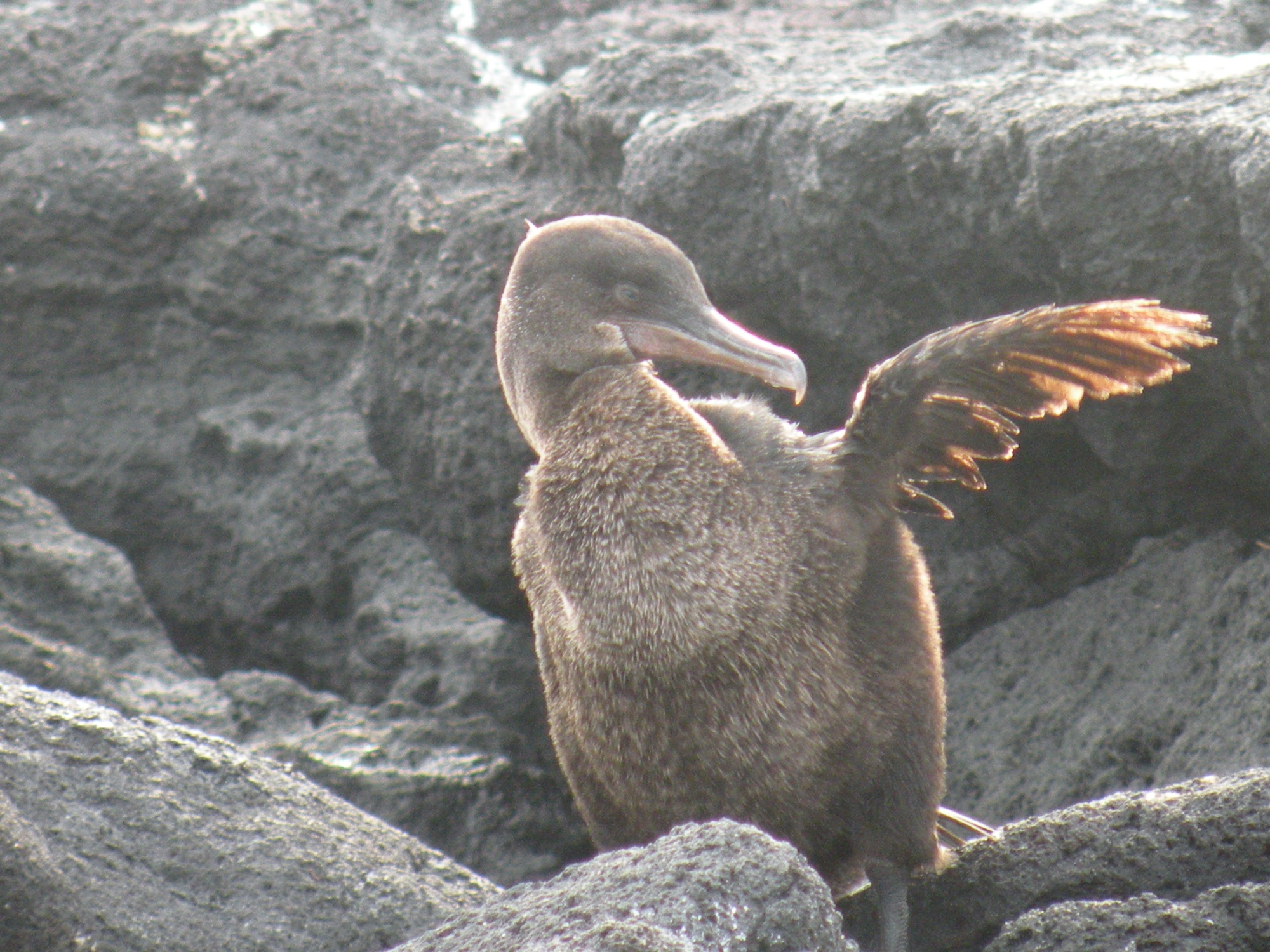
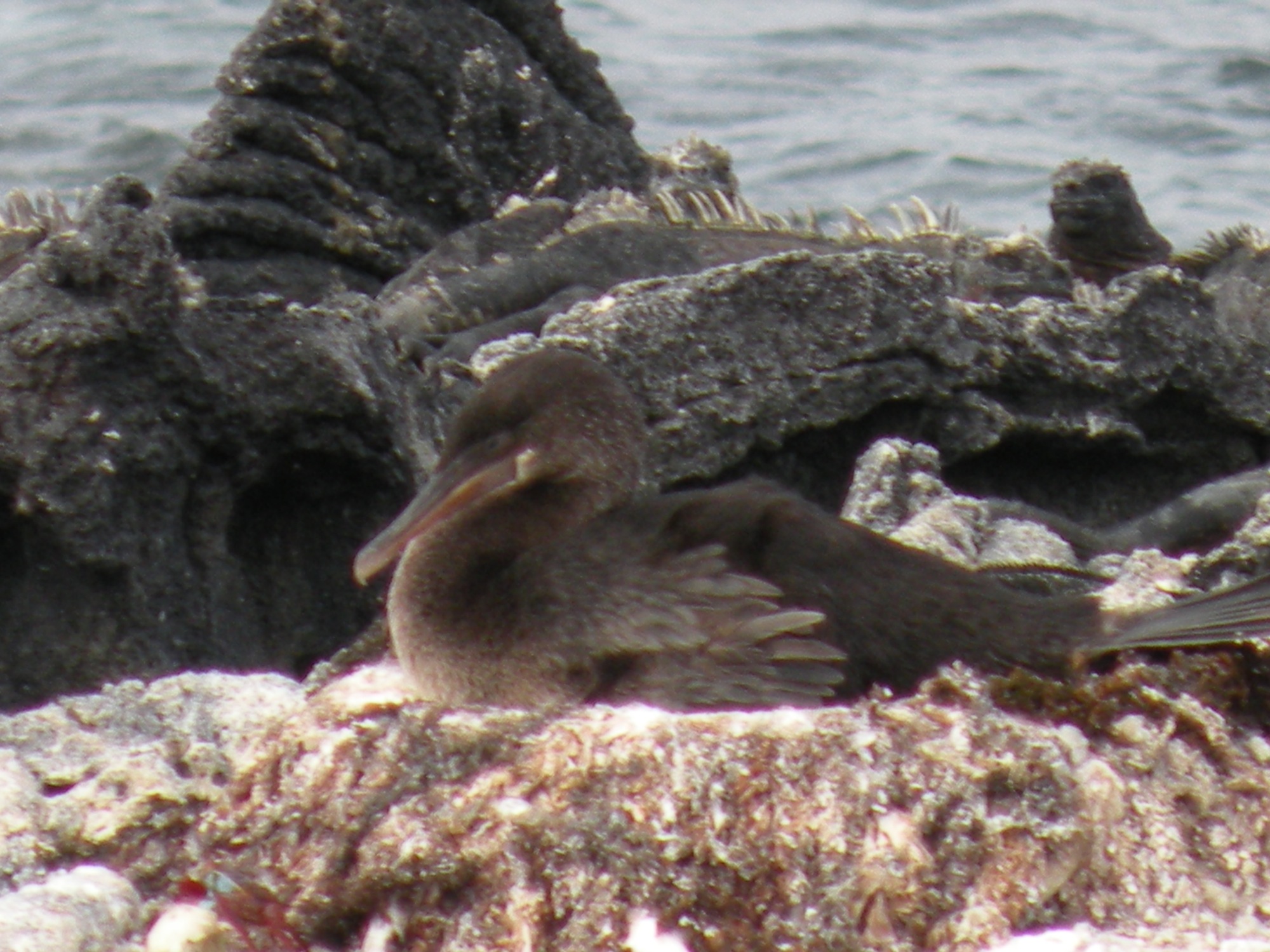


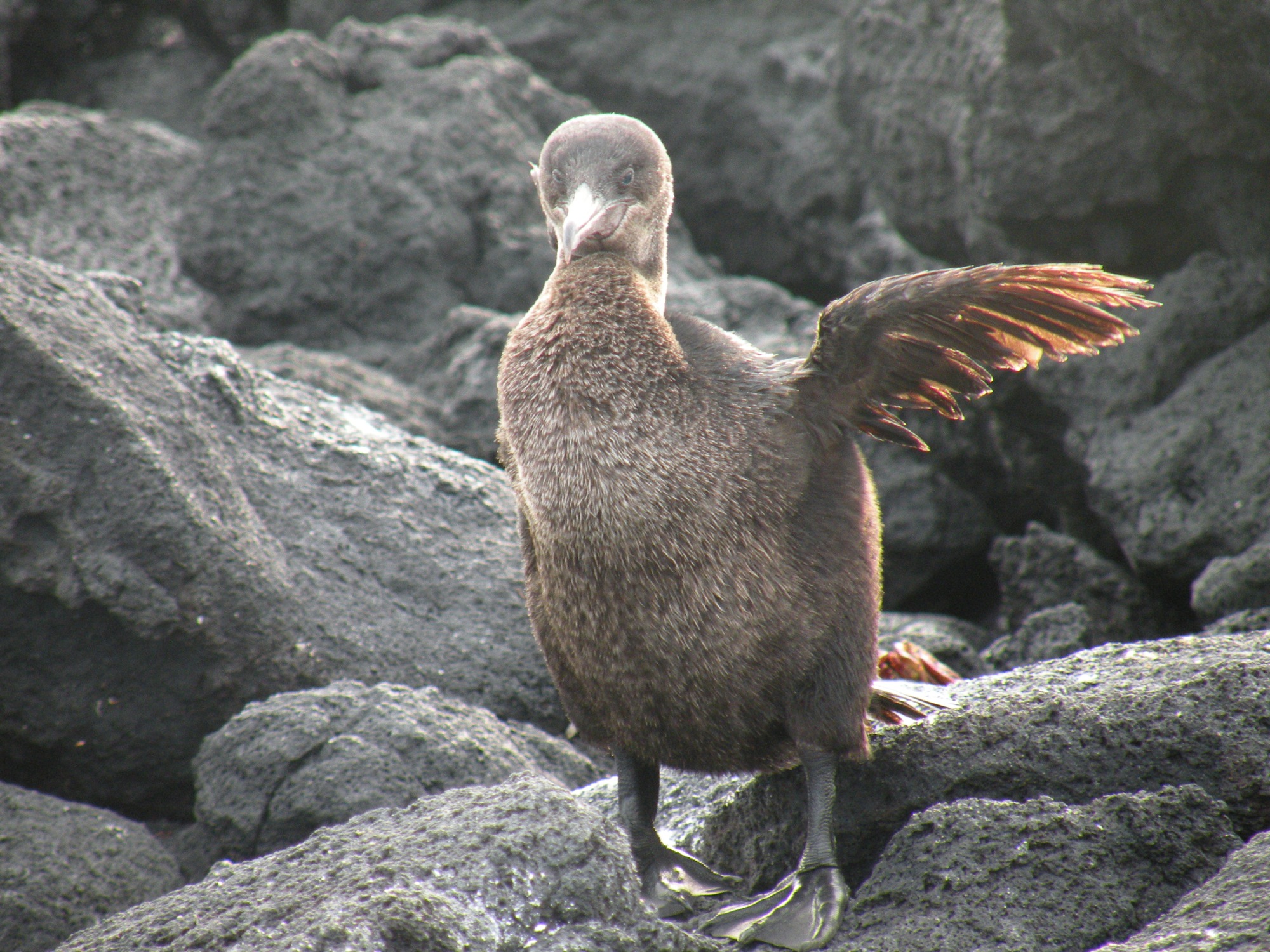
One of the other things we noticed on our hike was the interesting pahoehoe lava flows. These flows tend to be very rope-like in appearance, rather than jagged outcrops. We saw some lava lizards which blended in very nicely as did a Galapagos snake. We are still impressed with the tenacity of the lava cactus, which seems able to build a home in the most inhospitable places. We also noticed quite a few crabs along the shore.




